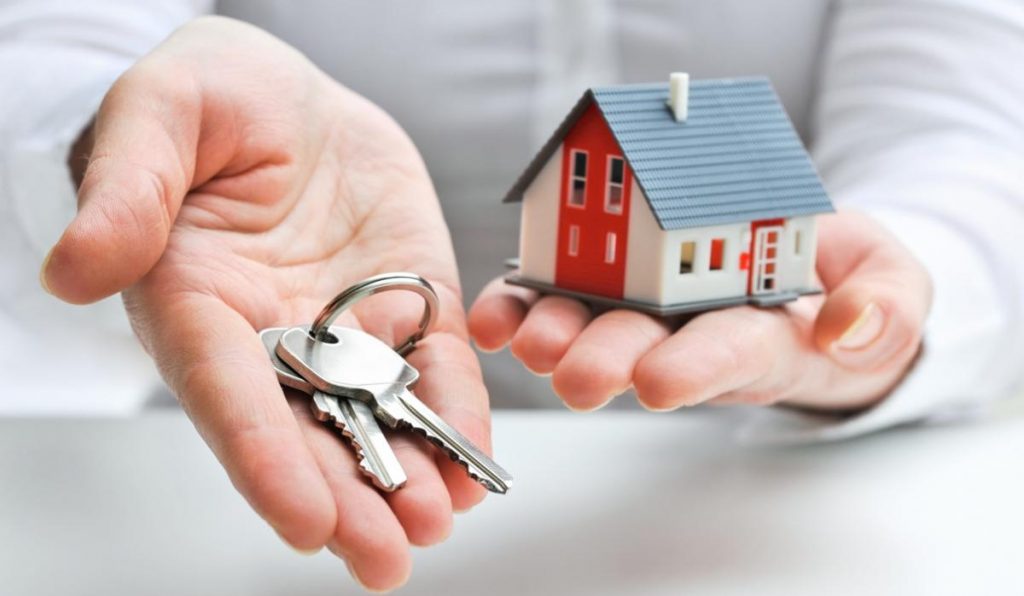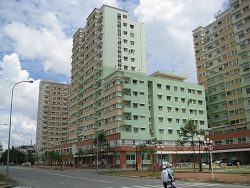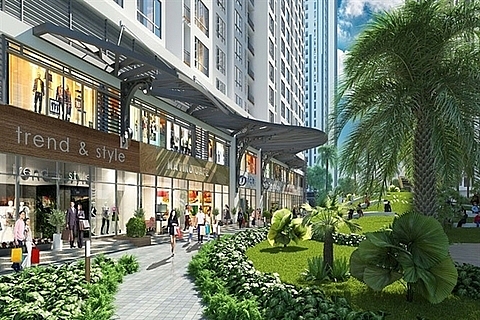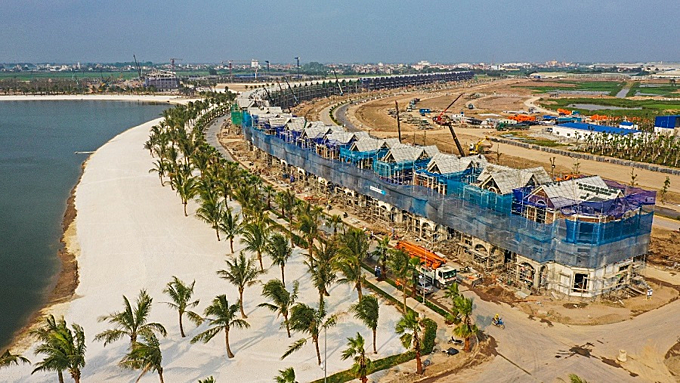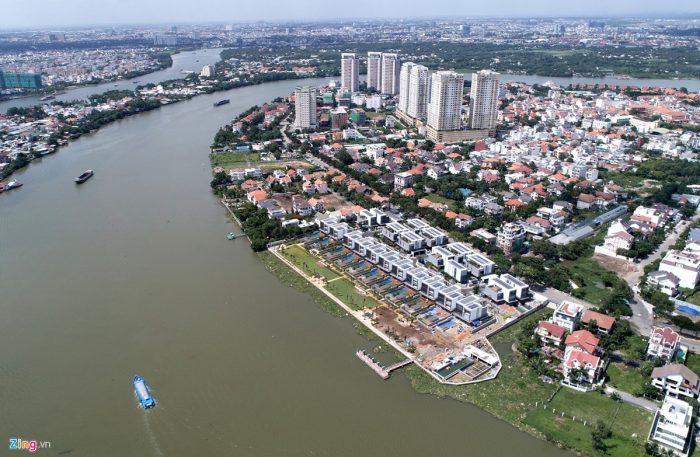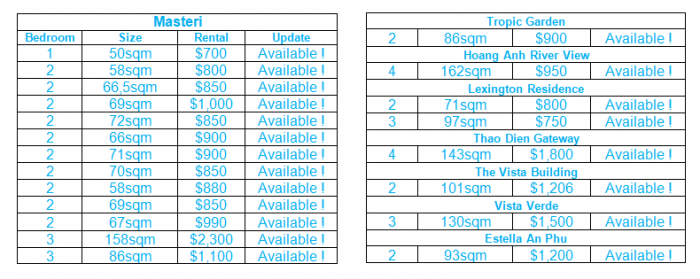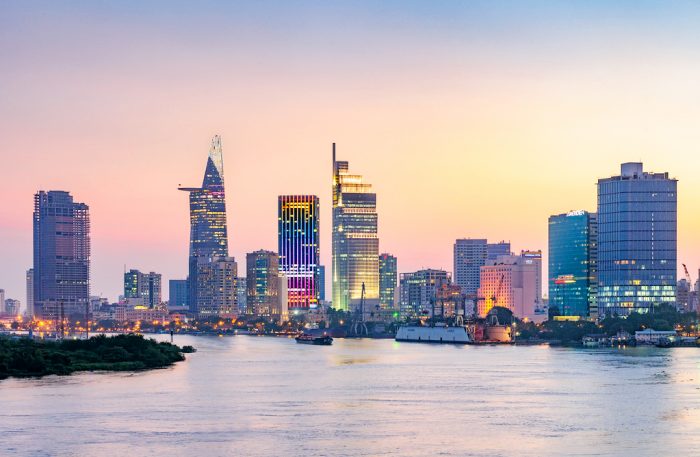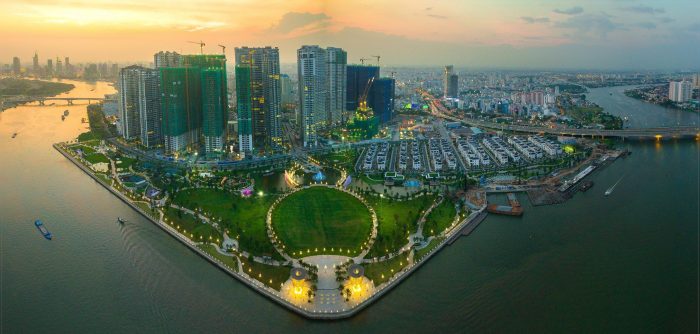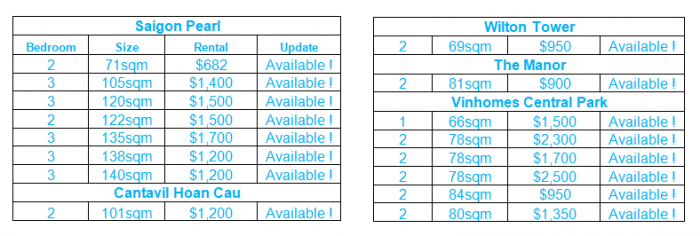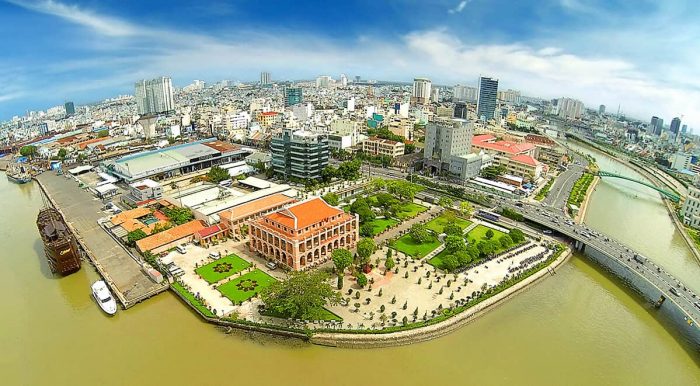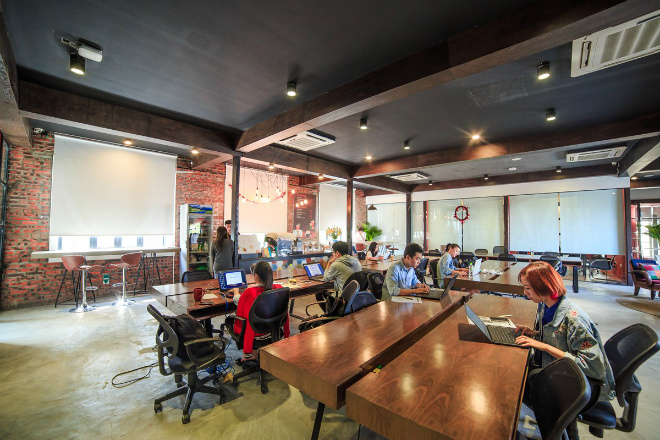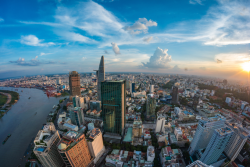Entering into force in July 2015, the Law on Residential Housing No.65/2014/QH13 and the Law on Real Estate Business No.66/2014/QH13 partially lifted the barriers for foreigners pouring money into Vietnam’s real estate market, and thus opened the floodgates for overseas investment in this sector. The two laws have not only simplified the legislation, but also expanded the rights and protections afforded to investors while maintaining certain restrictions to keep them from overrunning funding into Vietnam’s real estate opportunities.
Among the notable changes, international investors are now permitted to acquire 30 per cent of apartment units within one apartment building or 250 individual residential houses comprising villas and terraced houses in one ward. This change is encouraging as non-Vietnamese individuals were only allowed to own one apartment unit in an apartment building prior to the implementation of the new laws.
They also loosened restrictions and conditions imposed on foreign investors whereby individuals are allowed to own residential property without residency status or have any investment in Vietnam as long as the individual enters the country with a valid passport. This makes it more accessible for foreigners to invest without the need to go through stringent conditions which may not be proportionate to the investment return and thereby deter foreign backing in the country.
Further, foreign-invested enterprises can now lease real estate for sub-lease, and this was not available to them prior to the implementation of the new laws.
While they have brought about changes welcomed by overseas investors and thus encouraged more investments, there is still room for improvement, particularly in relation to the different treatment between local and foreign investors, and the implementation of a level-playing field between them so as to increase competitiveness in the real estate sector.
In terms of the land-use right certificates issued to foreign individuals for residential houses in a residential project, they will only be granted a term of 50 years while local investors are entitled to an indefinite term. Although an extension of 50 years is available, the right to extend the term is not tested and the conditions for extension are not provided in the legislation. The purpose intended to have different terms of the right to use the land is not known, and it discourages foreign investment as the remainder terms affect the liquidity of the sale to non-Vietnamese buyers. The sale of the property is also inhibited as the pool of buyers is limited to locals who will enjoy an indefinite term of use upon purchase of the property from foreigners.
Similarly, as the percentage of foreign ownership in a single apartment building is limited to 30 per cent, any sale of apartment units may face the same limitation. The pool of buyers will inevitably limit the price that the owners can obtain if the quota for foreign ownership in that particular apartment has reached the allowed percentage and so, sale to potential overseas buyers will not be permitted.
With the government’s commitment to ensure growth of foreign investment in Vietnam, and the optimism in the market as demonstrated by international investors, it is hoped that their rights in the real estate sector will further improve to allow them the same rights as local investors in all areas of real estate investment, and clear and consistent guidelines will be provided to increase competitiveness in the real estate sector. We have to remember that the doors to foreign ownership in real estate only cracked open in 2008 but in the 10 years since, the government has made considerable advances in opening this sector and we have reasonable expectations that this trend will continue further in the future.
By Kevin Hawkins – Co-executive partner ZICO Law Vietnam
(source: vir.com.vn)
